The northern lapwing is a migratory bird known throughout most of Eurasia. It belongs to the grassland birds and is seen all over Denmark by the coasts, but especially by the Wadden Sea. The Danish Ornithological Association estimates the number of breeding couples in DK to be about 20.000 in 2011, which is a 33-50 % decline, since 1999. The northern lapwing is listed as NT (near threatened) on the IUCN’s global red list. The causes listed are by now commonly known in relation to many different birds. More meadows and wetlands are being used for agriculture, drained and farmed intensively, that way there are less suitable nesting sites. The nests are destroyed because you harvest much earlier in the year in an intensively farmed area, that means before the chicks are even hatched, and the use of pesticides makes it difficult for the chicks to find suitable amounts of larvae and insects in the vicinity of the nest.
Photographs: Symen Rutgers Fopma
In the flat Friesland – the biggest province in the Netherlands if you count water areas and wetlands, they have a very special relation to the northern lapwing, or the peewit, as I will continue to call it, and the peewits eggs. Until 1968 the first peewit egg found in spring was given directly to the king or queen and then until last year to the queen’s commissioner in Friesland. This finding of a peewit’s egg were to the Frisians the sign that the seasons had changed. Now spring had come. The hunt for the speckled egg was the hunt for spring, and who cannot understand, that it of course had to be the hunt for an egg, that symbolizes the renewal and beginning of everything green and fertile in the land.
If I should bring you to Friesland in the spring, we would be standing in the middle of a flat landscape, it would be as flat as if someone had been working on it with a rolling pin, green flowering and with an enormous arch of sky. Somehow it seems flatter than other flat places. Almost as in a sort of dream, where you at the same time manage to stand on the flattest piece of ground you could imagine and on the bottom of the sea, and where you would look up and around and the arch and dome of it would be endless. The next thing you would notice was the sounds. There are quite a lot of piebald cattle mooing on the fields, they are in the deeper range, with the ribbit of the frogs. There is the always present sound of wind through grass and hair and everything that can move. But over it all there are birds, thousands of passerines, inflated larks, screaming swallows cutting through the air, crows, seagulls and the voices of meadow birds you do not usually hear. There are about 200.000 pairs of breading peewit in the Netherlands and many of those are in Friesland. Friesland is birds country.
Pictures from visit to Jorwert in May 2015 (photographs: Rikke Kooistra)
The tradition of gathering eggs (aaisykjen) is old. All Frisians did of course not storm the meadows as soon as they saw the strange tumbling mating flight of the peewit. But the children of the village started jumping from meadow to meadow with their long sticks flying over the canals, a watch began, and when the first eggs were found they were eaten and shared in the family as something special. The surplus from the hunt were sold in the city to all those who could not leave their trade and join it, but who were still a part of the feast – of the renewal. The eggs were traded for a very handsome price and for a time even exported as a special delicacy to countries like England. Much of Friesland was once either wetland or sea, and the landscape has slowly changed through the centuries, sea has become land, shaped by the people who lived there. They lived on the fish and wild birds even as they had their livelihood in farming. The sea took crops and cattle, when the dikes were breached and repaid with an abundance of fish and game. My surname is a reminiscent of that time and story. ‘Kooi’ means ‘cage’ and refers to the families, who lived in the wetlands and kept wild birds in cages to sell them in the cities out of the hunting season for an advantageous price. Maybe the peewits egg is also a symbol of the Frisians connection to the old wild country.
The 29th of January 2016 it was decided that in 2016 there would be no gathering of peewits eggs in Friesland. The peewit is a protected bird in the European Union, but since the late 80ties a dispensation has – sort of – been given to the Frisians due to their special tradition of gathering the eggs, but with many lawsuits from different interest groups contesting it and authorities revoking it. There has also been a comprehensive regulation and online registration of how many eggs were collected and where. But this year GS (Gedeputeerde Staten – the provincial executive who has the day to day running of the province) decided that they would withhold the dispensation. The peewit population is still in decline and GS assesses – based on a report by SOVON Vogelonderzoek Nederland, that even with comprehensive regulation, the population and the nests cannot be sufficiently protected. It is possible that the last egg has been gathered, at least legally.
Photographs: Symen Rutgers Fopma
”Craziest damn thing.” Wash Evans lit a cigarette, talked around it. “You know Gordon Lundt, the ‘zine star? He was on Tonight Show, and he happened to mention the red tide down at Hermosa Beach. He said it was pretty. The next thing anyone knows, every man, woman and child in the country has decided he wants to see the red tide at Hermosa Beach”. In 1973 Larry Niven published the short story ”Flash Crowd”. It takes place in a world, where the invention of teleportation makes it possible to move instantaneously from place to place. The technology is shaped like a ‘phone’-booth, and because they can be reached everywhere, they have soon replaced first cars and then airplanes. Most freeways and country roads have been converted to green areas or wood and the city boulevards only houses pedestrians, cyclists and an occasional scooter. Jerryberry Jansen is a ‘news taper’ – that is a freelance journalist, who is flicking in and out of places to film, what is happening in the places where people (still) meet – like clubs, malls or recreational facilities. His recordings are dispatched from the camera to the broadcasting station straight away. We encounter him a couple of years after the introduction of the long-distance booths. Now everyone can travel anywhere in the world as long as there is a booth nearby. By coincidence, Jerryberry tapes a situation that evolves into a riot and is subsequently accused of being the cause of it. His news was broadcast live and straightaway attracted a larger group of troublemakers, who wanted a fight, a number of (stupid) curious people who got hurt, then more media, who again attracted individuals and groups who saw an opportunity to raise awareness of a certain cause, and when the chaos was obvious, people who came to loot. Possibly there are not that many troublemakers in the world, but if they are able to gather in an instant anywhere in the world, what then? JerryBerry is fired and takes off with a camera (and the blessings of his editor) to make a documentary on the implications of the long distance booths (which he believes caused the whole disaster). The short story investigates the consequences of free movement and instantaneous communication, what happens when news is written in the same moment something happens. And the plot revolves around the notion that free movement and instant communication (instant action) potentially can set of a phenomenon called a flash crowd or flash mob*, because neither delay nor other difficulties (reflection) act as obstacles to the instant gratification of a desire. Jerryberrys documentary is an examination of what might happen when far too many people at the same time and with the same purpose want to use the same space.
” How bad is it?”,” Well, nobody’s been hurt, last I heard. And they aren’t breaking things. It’s not that kind of crowd, and there is nothing to steal but sand, anyway. It’s a happy riot, Jansen. There’s just a bitch of a lot of people.” It is of cause the question to what kind of crowd one might belong, the one who are just enjoying a beautiful phenomenon like the fluorescent black sand on Hermosa Beach or the one who come with the intension to loot and destroy. It can undoubtedly be said, that the farmers, who are farming their lands intensively and who has both strong interest groups and industries backing them, are looting the land for an important resource, namely the wild beasts and plants. And in this instance looting the peewit’s nests (even if they say that they are only doing their job – within the frame of legislation). Their behavior is what the conservationists and caretakers point to as the main reason why the population is in decline, and as the main cause to the loss of biodiversity we experience worldwide these years. But it is interesting to look at the other group as well – the group of ‘us’, the happy crowd of nature lovers who fight each day to live sustainably and pull in the other direction, so nature will be stronger and more diverse.

Photograph: Symen Rutgers Fopma. The peewit of course also has natural enemies as foxes and birds of prey. On this awesome photo you see a kestrel.
The official numbers from Vogelbescherming Nederland estimates that there are between 145.000-216.000 breeding peewit couples, about 1/5th are in Friesland. They also estimate that the population has declined with about 40% since 1990 and currently with about 5% every year nationally. The concern is growing and to that avail 2016 has been declared ‘year of the peewit’ by the association and their partners. When family in Friesland in 1813 by order of Bonaparte took their surname and chose to make it a derivation of their trade, approximately 175.000 people lived in the province. I do not dare to guess how many peewits, but many more than today. In many ways it is a very simple calculation. Today approximately 645.000 people live in Friesland. If we assume there are 40.000 breeding peewit couples in the province and each pair lay 4 eggs, and that each of those can be found and collected, then you would still only have one egg per person for approximately 25% of the population, assuming all wanted an egg.
The symbolic value of the peewit’s egg runs deep in the culture and many of the modern Frisians can trace their roots back to the people who ate the eggs when there seemed to be plenty and when wild beats and plants were a necessary supplement to the diet. We trace the cause of the decline in the bird population to be farming, industry and climate change, but is there yet another cause – another reason why the peewit needs further protection and no egg may be gathered or just found – maybe even if the population made a recovery? Could it be us – the nature lovers, the happy crowd who assembles by the Wadden Sea and in the meadows in large numbers to enjoy, document or just hang out in nature, not because we intend any harm, but by the mere fact of numbers. We are both to many, to well-informed and have to easy access. “Only half an hour in car, honey – Saturday morning with the kids – I saw it online!” And this is of course where I remembered the fluorescent plankton on Hermosa Beach in Larry Nivens short story, right after my uncle Simon send me a message about the withholding of the dispensation for the aaisykjen. A sad message and decision, I thought, and perhaps for some people it feels like being deprived of their bond to their land. The bond you get when you have both responsibilities and entitlement. It is easy to imagine all kinds of solutions (Jerryberry does that), from an egg to all children in their seventh year, to a yearly lottery. But the truth is that probably nothing will suffice, because with those kind of things that have been vested through centuries, it is all or none. No argument or rule will seem just enough for all to adhere to it. Strange how a ban on all can seem to be the fairest solution.
Photographs: Symen Rutgers Fopma. The gathering of eggs was not limited to one species, although the gathering was particularly about the peewit. But also the godwits eggs were sought after. The ban was put on the gathering of godwit’s eggs in 1956. In the decades following the Second World war, hunt was also prohibited on the otter (1943), the earless seal (1962) and the badger (1967).
There is no special tradition about the peewit’s eggs in Denmark, but we have other traditions that show how fast large groups of people can gather around an event when it has gone viral. A very harmless and positive phenomenon, that might be a contributory reason to the fact that 30% of all milk sold in Denmark is biological, is, when the biological cows are let out of the stables and onto the pastures in the middle of April. In 2015 this event had 250.000 visitors on farms all over the country. If 250.000 people at the same day in the same couple of hours wanted to look at peewits, it would be another matter entirely. The balance is tipping all the time, and as such there were writings in the Danish media in the autumn of 2015 about the gathering of mushrooms. First there were the yearly information and warnings, but then with a new addition, a reminder that the ancient right to gather, written down in Code of Jutland (Jydske Lov, year 1241), says that you may gather what you can carry in a hat (nowadays: a basket) no more. This still stands. The addition was followed by stories about woods that were wiped clean of mushrooms by people, who then sold them to restaurants for a very favorable price. An activity that may be reported to the police if discovered, but really tells how fragile it is, and that we in this age, very quickly become to many, who want too much, which simply leaves us with not enough. Not even despite the fact that the new Nordic kitchen is a positive renewal in our everyday life and both healthy and tasty with many interesting ingredients gathered among the ‘forgotten’ wild plants and herbs.
My sister once said drily about the Frisians, that they reminded her of a thoroughly intertwined and knotted skein of yarn, that looks up at you and says “HA HA. But we shall never unwind!”. I did think this a somehow appropriate description, and if you look at Friesland, there are so many special things and traditions: the beautiful skutsjes with their flat bottoms that reminds you of the Viking ships, the piebald cattle on the grassland, the exposed water veins, the formidably gorgeous horses, the Frisian dogs, the soft melodic language, the really weird sports, the sky, the birds, the peewit, all things that bind together. I still hope though, that it will one day be spring again down there, real spring. Because things have found the right balance, and not because 80% of the Earth’s population have succumbed to a pandemic.
[∞]
A special thank you to photographer Symen Rutgers Fopma for lending me his beautiful bird photos for this post!
If you are interested in reading ”Flash Crowd”, it was published in 1973 both in the anthology ”Three trips in time and space” (ed. Robert Silverberg) and again in Larry Nivens own collection of short stories ”The flight of the horse”. The words flash crowd and flash mob were actually introduced to language by Larry Nivens short story from 1973
For more posts about Friesland – look here

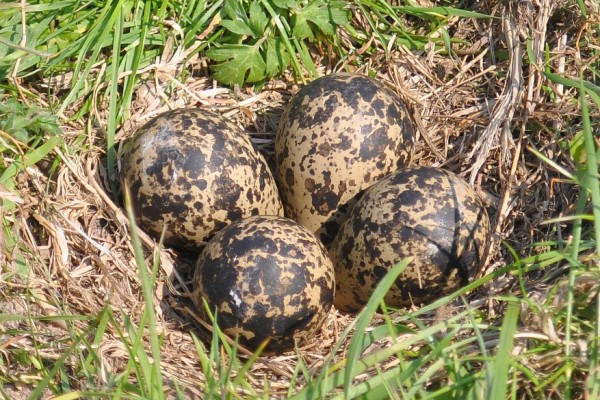


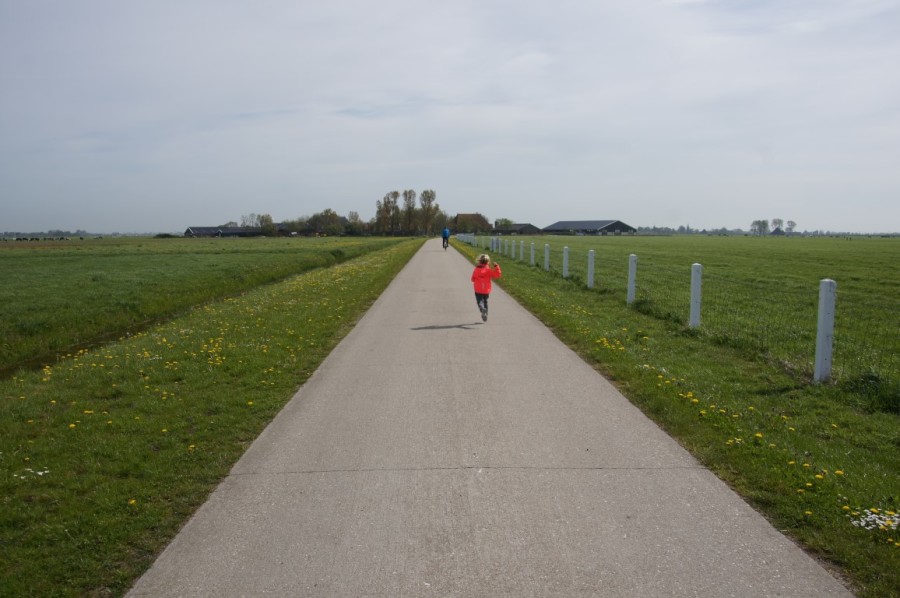






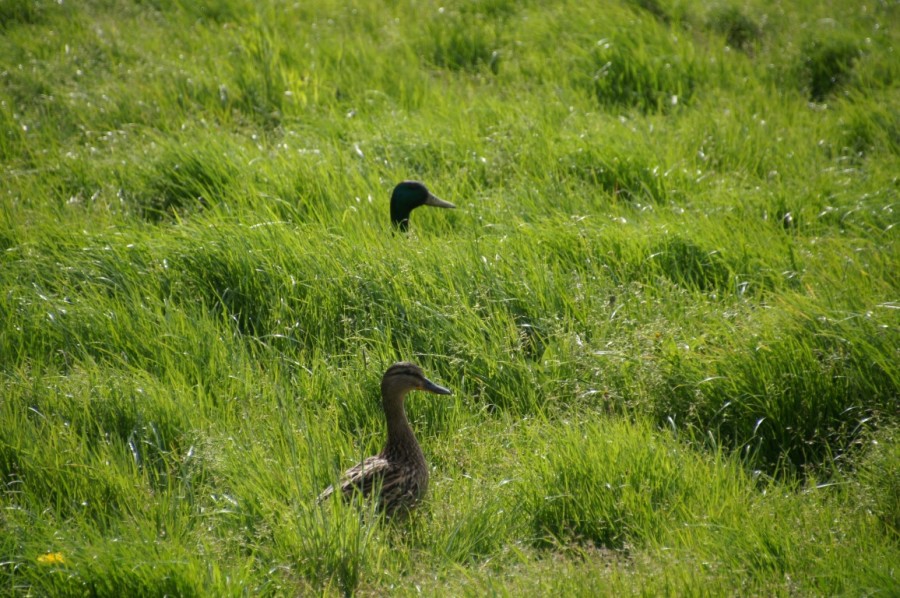


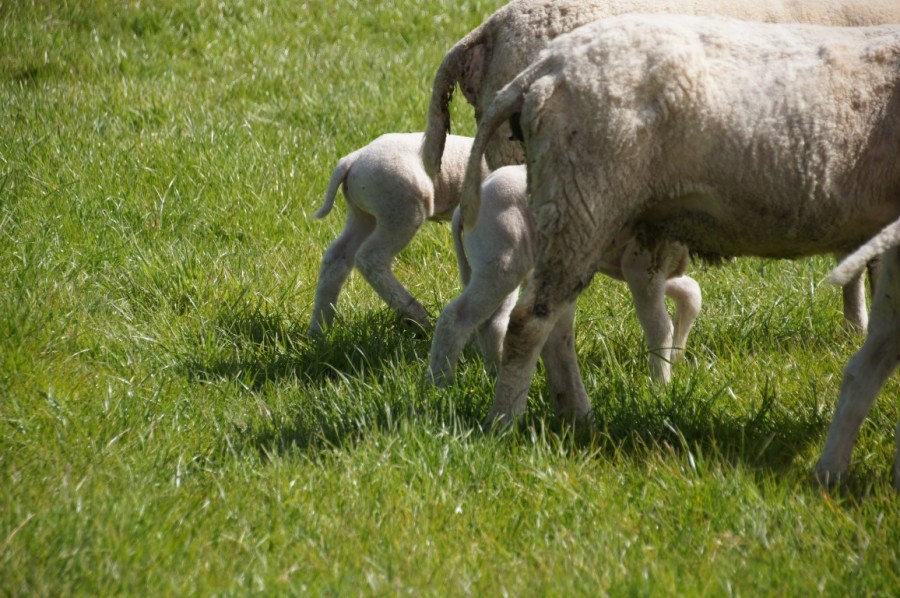

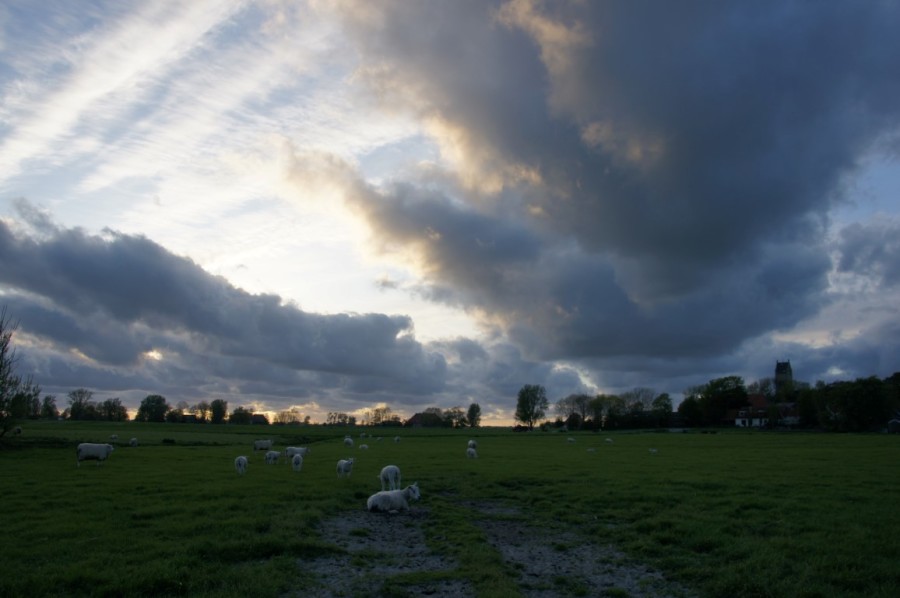
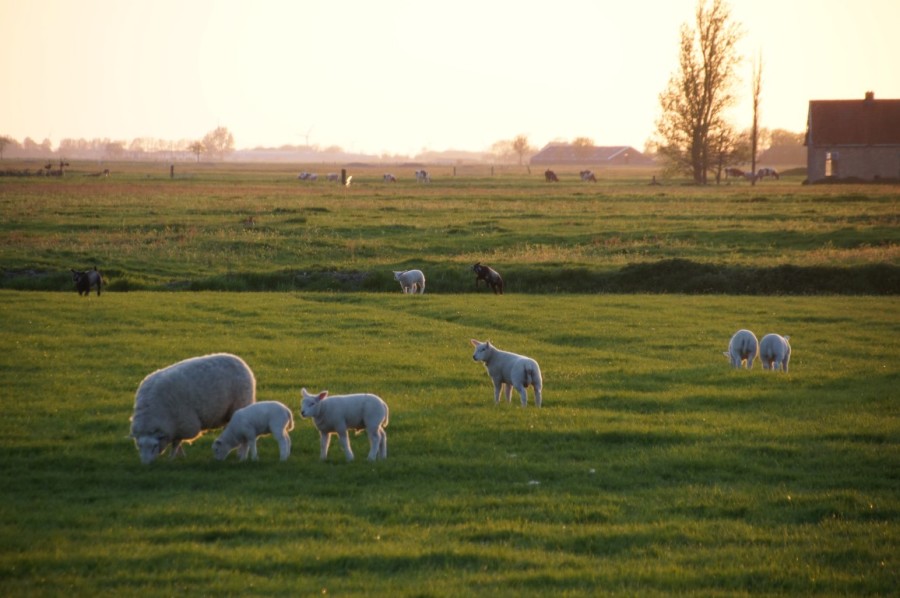



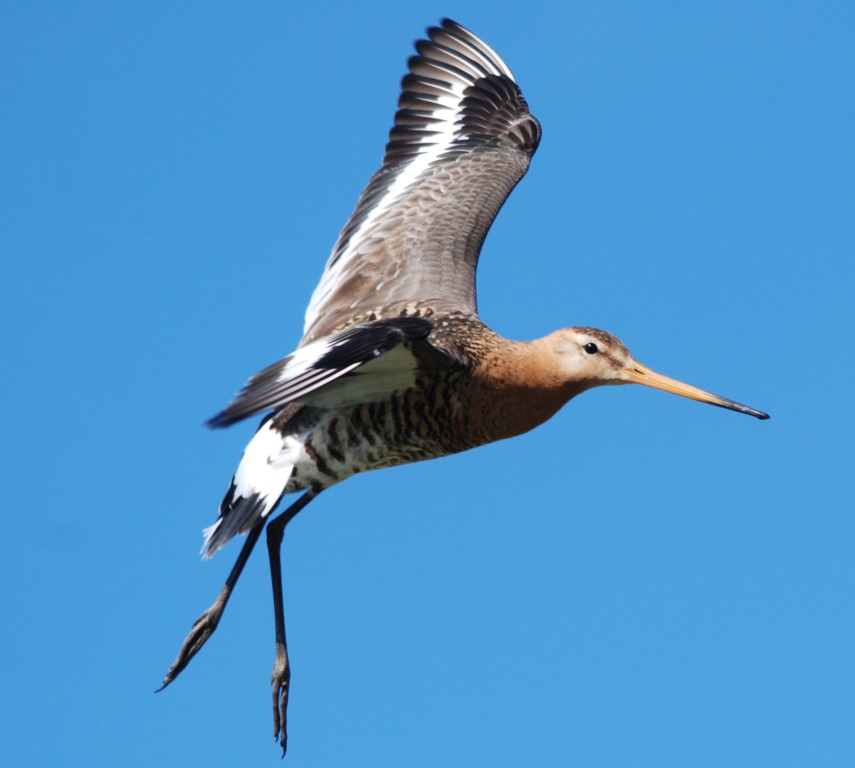

Na het verhaal van Sake Jan kan ik niet achter blijven Ook ik heb het eier zoeken van pake Sake geleerd
Maar dat niet alleen ook de liefde voor de natuur Een van zijn gezegdes was de natuur bedondert je nooit.
Er zijn wat hoopvolle geluiden uit vogel wereld dat erwat meer weidevogels zijn,dat komt volgens mij door de
muizen plaag van 2014\2015 waardoor honderden hectaris land kaalgevreten waren en opnieuw ingezaaid
moesten worden Dit was een heel goed milieu voor de weidevogels Maar latenwe niet te pessimisties zijn
Ik vind het een hele mooie blog met prachtige fotos van Simon Fopma Hij heeft ook foto,s bij ons in de
schuur gemaakt van zwaluwen Sake Hedzer Castelein
When I read and saw the pictures of the wonderful blog it evoked great memories for me . When I still was a small boy my grandfather Sake Castelein taught me the skill of finding {lapwing} Kievit eggs which is not easy because they are very cunning , and then to find their eggs fulfilled you then with enormous pride I remember clearly. It must be in my genes but I always have loved the Kievit the way it moves through the air ,the sound when they call out and the way they protect their eggs. Even after 34 years living in Australia when I close my eyes i can stil hear the call of the Kievit clearly and see myself again moving through the meadows and as a kid wondering and mystified about this wonderful bird called the {Lapwing} Kievit. I will save this blog and the wonderful pictures and will read this many more times that’s certain. Sake Jan Oostra.